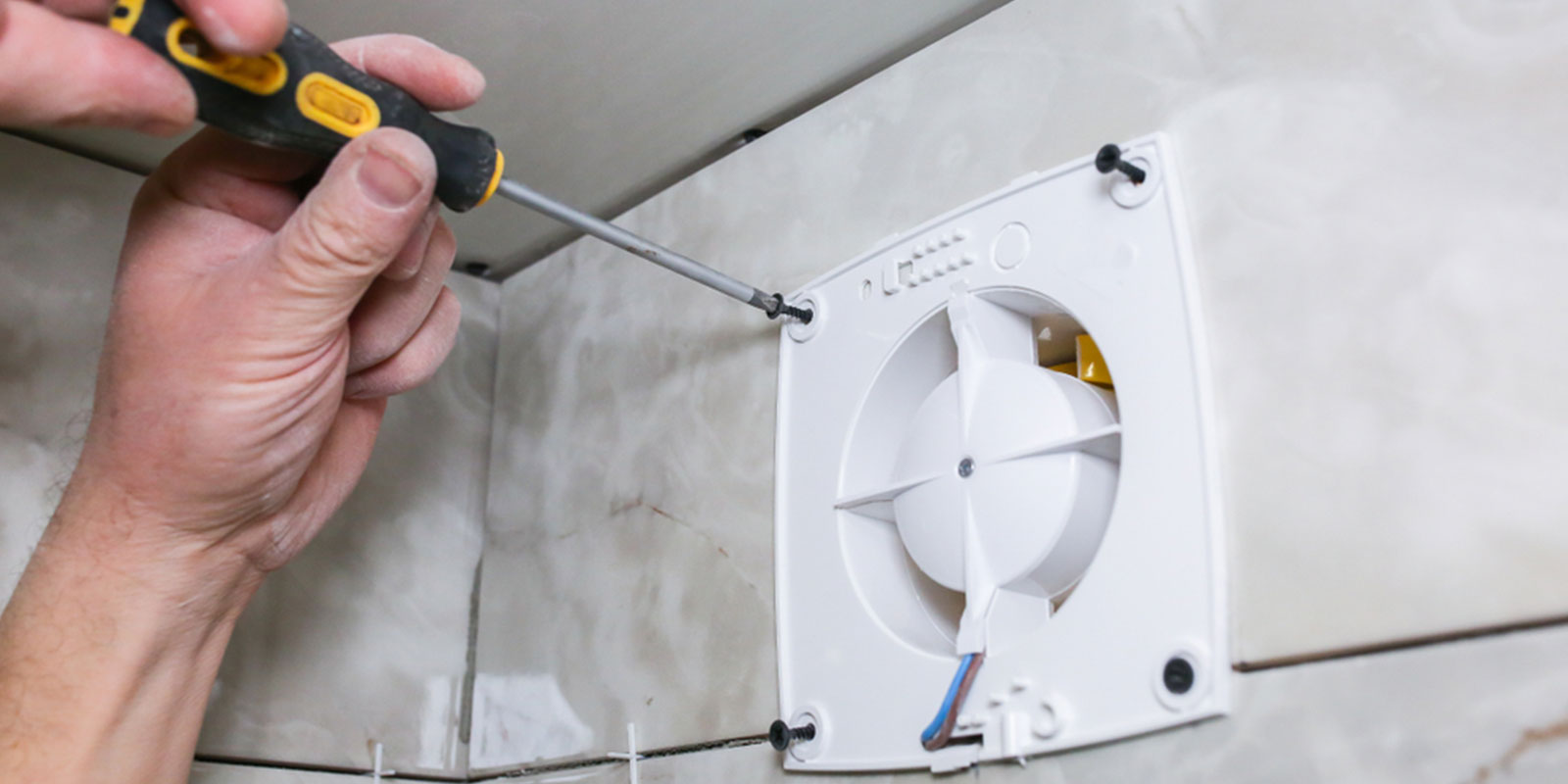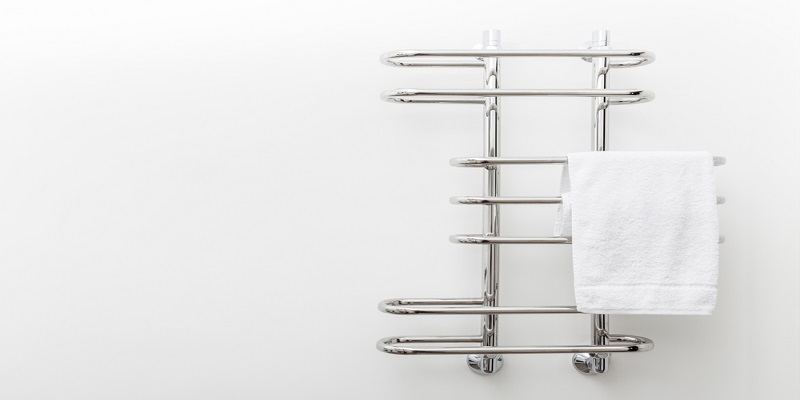How to Replace Bathroom Exhaust Fan Easy for Beginner

Replace the Bathroom Exhaust Fan, Mold can be seen on the tile grout as well as the walls of the bathroom in homes with bad ventilation. Therefore if you live in areas with high humidity like by the coast or a large body of water such as a river or a lake you are very likely to experience recurring mold problems especially if your home is generally not well-ventilated.
Hence, installing and replacing bathroom exhaust fans as needed will be crucial to keeping your bathroom smelling fresh and staying Other factors can also contribute to humidity in the house and these include drying your clothes indoors or if you use humidifiers often as they contribute to the humidity levels significantly.
What Other Things Increase the Risks of Mold in the House 
Leaks in Roof Cause Mold
Just like leaking pipes, a leaking roof might be discovered too late after the mold has already started growing so it is recommended to check your attic once in a while and keep an eye on the ceiling for any water stains.
Condensation Causes Mold
Mold growth frequently occurs on metal pipes and concrete floors so it will be wise to keep an eye on these surfaces at all times and if you notice mold growing take immediate action to get rid of it.
Poor Ventilation Causes Mold
Houses with poor ventilation have plenty of pockets with moist air that are a perfect breeding ground for mold so it is crucial to ventilate all premises at least twice a day, especially in rooms such as the kitchen where cooking produces plenty of steam and condensation.
Wet Clothes Cause Mold
We tend to hang wet clothes and beachwear in the bathroom or the laundry room, however, they can release a lot of moisture into the air that can then lead to problems such as mildew and mold. Thus, it is important to always dry your clothes outside or in the drier before putting them back into the closet. But, keep in mind that dryers can produce a lot of moisture that is then released into the house hence make sure that they are vented outside.
Flooding Causes Mold
Flooding inevitably creates a mold problem as the house will be soaked for at least a few days to a few weeks thus giving enough time for the mold spores to develop into a new mold colony in some cases even toxic mold colonies such as Stachybotrys Chartarum.
Even if your roof did leak and you have found that your home generally has high levels of humidity don’t panic because mold doesn’t just start growing at once. It needs the following conditions to grow to a mold colony.
- the presence of mold spores
- some kind of food sources such as wood or drywall
- absence of sunlight as mold cannot grow under the ultraviolet light
- warmth as mold spores die in temperatures below 0 degrees Celsius
- the abundance of moisture such as water leaks or high levels of humidity
- Best Box Fan to Live in Comfort
Where, Other than the Bathroom, You Should Install Exhaust Fans
Basements are often much colder than the other rooms thus creating large amounts of condensation so make sure that your basement is well-ventilated and regularly check it for mold as new colonies are much easier to treat than the ones that have already settled in.
Check your yard well to make sure that no water can build up and that there are no slopes that could lead the water to the base of your house consequently if you do find some consider hiring a landscaper to eliminate these slopes or at least modify them so that water is drained away from your home.
How to Install or Replace a Bathroom Exhaust Fan
As mentioned above, bathroom exhaust fans are necessary to clear out the excess moisture and keep the bathroom free from foul odors.
By getting rid of the excess moisture and humidity you will also ensure that your wallpaper and wall paint stays intact.
Hence, before beginning the installation or the replacement of the bathroom exhaust fan check to determine what CFM you will need for your particular bathroom. CFM rating will determine what strength exhaust fan you will need for your bathroom size.
CFM stands for Cubic Feet per Minute thus it refers to the amount of air the exhaust fan can circulate around per minute.
How to Calculate CFM for Your Bathroom
To calculate the CFM for your bathroom simply take the cubic footage of your bathroom and multiply it accordingly. Hence, you will have to multiply LxWxH.
Once, you have your CFM you can start looking for bathroom exhaust fans that fit these parameters. Usually, the CFM will be clearly mentioned on the packaging box of the exhaust fan.
Consider the Amount of Noise the Exhaust Fan Will Make
The level of noise that the fan makes is measured in a unit called Sones, new models of bathroom exhaust fans range between 0.4 and 7 sones.
What fan to choose will be solely up to you and your family members because some individuals will prefer quiet bathroom exhaust fans whereas other individuals will appreciate the noise that the fan makes especially if your bathroom is located close to the living room or the kitchen.
You can find out the number of sones the exhaust fan makes by checking the packaging box just like with the CFM.
How to Choose the Location of a Bathroom Exhaust Fan
Choosing where exactly to install the bathroom exhaust fan should not be difficult because logically it should be located somewhere in the middle. Professionals suggest installing the bathroom exhaust fan in the middle between the bathtub or shower and the toilet for optimal air circulation.
What Tools Will You Need to Replace a Bathroom Exhaust Fan
To install or replace a bathroom exhaust fan you will need the following things;
- screwdriver
- pliers
- power drill
- gloves
- duct tape
- screws
- pencil or caulk
- nails
- in some cases cement
If you are replacing a bathroom exhaust fan then you will need to remove the old fan and clean the rims before placing and securing the new bathroom exhaust fan. These steps will apply if your bathroom exhaust fan is going right outside.
If not, then you will need to find out where the duct pipe is going before beginning the replacement process.
Most bathroom exhaust fans that do not go right outside, head up into the attic. If that is the case for your house then you would need to inspect the exhaust fan hole by removing the insulation first to see whether the hole will fit your new bathroom exhaust fan.
After that, you will need to simple place the exhaust fan in place and secure it with the screws or nails depending on the model you have chosen.
Conclusion
Keeping the bathroom exhaust fan clean will be crucial to maintaining its appearance and fully enjoying the experience because if it gets clogged the air will not be able to move around thus rendering the exhaust fan useless.
You can clean the exhaust fan by:
- White vinegar
- Baking soda
- Clean, lint-free cloth
- A bowl with clean and warm water
Moreover, these products are very cheap and will last for a very long time plus vinegar and baking soda do not give out any toxic fumes when heated as opposed to some chemical products.
Furthermore, vinegar and baking soda have strong antibacterial and antifungal properties. Lastly, vinegar and baking soda do not cause any allergies.
You could also mix the dishwashing liquid with baking soda in equal parts until you get a paste then apply it to the dirty bathroom exhaust fan. Allow it to sit for a little before removing it with a microfiber cloth damped in warm water.
This method is very popular with many individuals as we all have dishwashing liquid in our kitchens while baking soda can be bought at any convenience store for a few dollars.





